Tuesday, 4 August 2009
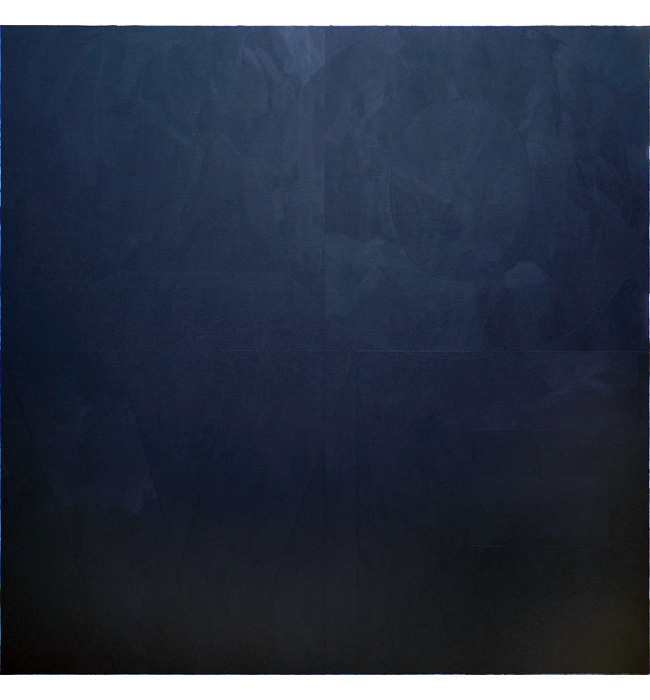
I am not plugged into the art world fully, so I have not heard of Austrian artist Heimo Zobernig before today. But, just seeing some of his work, I was instantly captivated. Without even reading his artist’s statement, I could guess his intentions. Although minimal, his works certainly betrayed a very rich, inquisitive, mind - that of a rather cerebral artist.
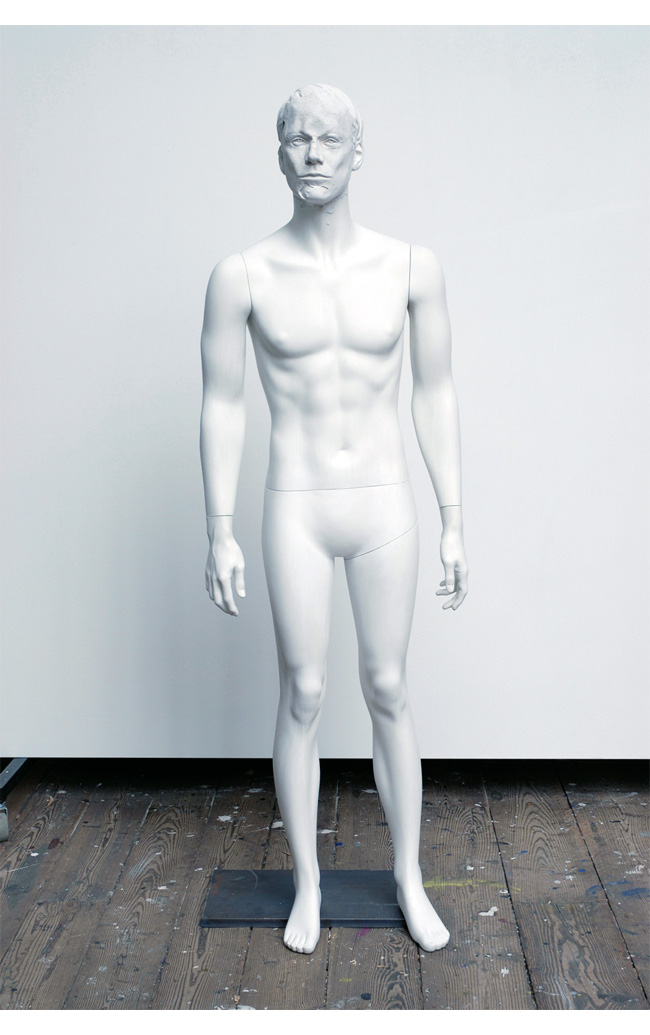
“Since the beginning of the nineties, Zobernig has not stopped questioning the artist’s subjectivity and pushing the logics of identity relating to a more and more restricting art system. One of his ways to tackle this issue is to reintroduce his own body in his work. With the strangely asexual puppet bearing his effigy, he brings his own presence in the exhibition. While rejecting the Viennese Actionists’ position, he keeps their sense of the scene and the necessity of a bodily experience, adding distanciation and desubjectivation.”
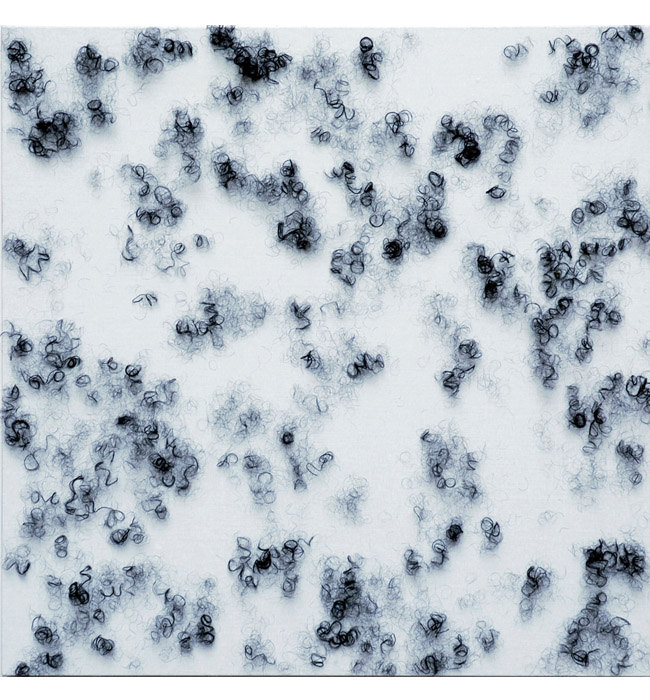
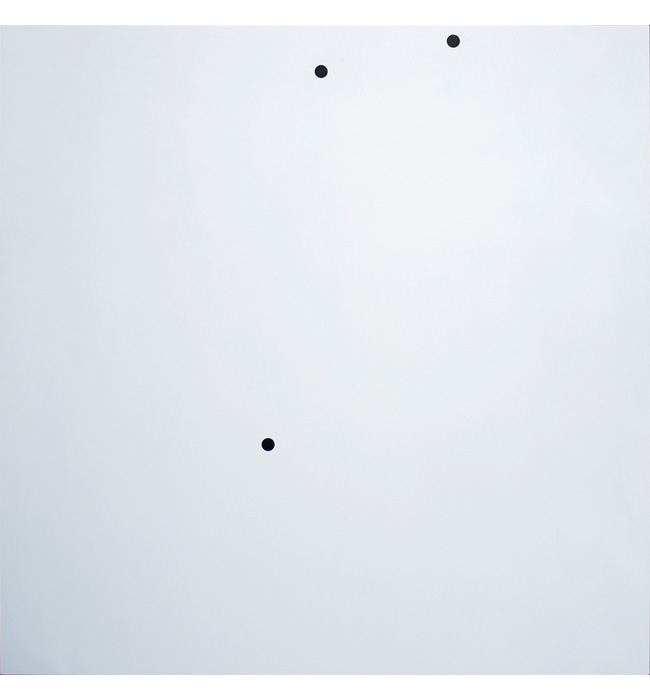
“Since 2000, following the research of the latter and the Australian artist Ian Burn, Zobernig has been [creating a series of paintings built on a grid structure]. In the partially coloured grid paintings, he uses chromatic canvasses, paints them white and then strips off the adhesive tapes he has applied. Conversely, two other canvasses show a white grid, after the canvass has been covered with an acrylic ultramarine painting. While referring metaphorically and formally to modernity, it is through these new variations on the grid structure that Zobernig pursues his aim: to allow the viewer’s subjectivity free rein by avoiding any interpretation.”
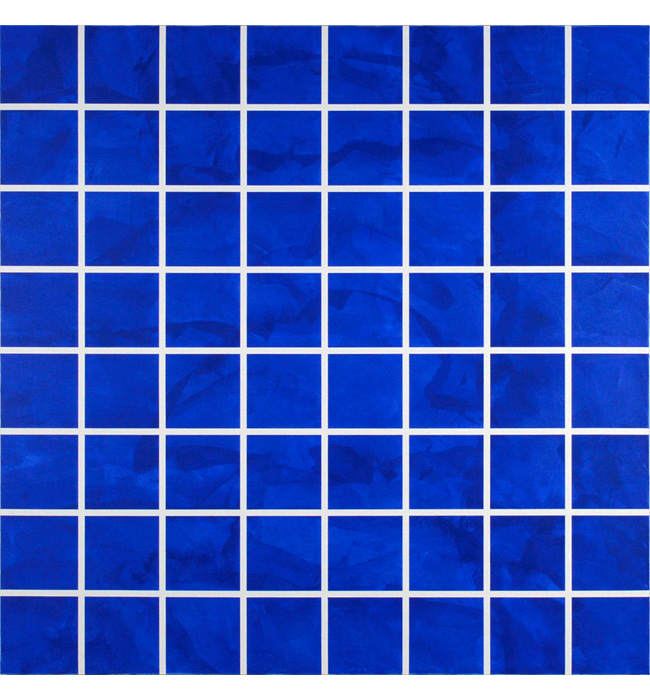
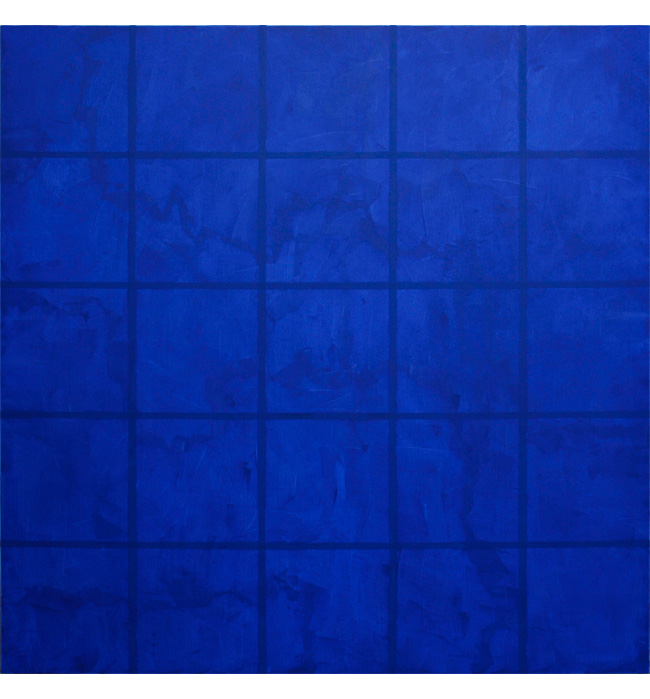
Tags: Art, Painting
Posted in Uncategorized | No Comments »
Monday, 3 August 2009
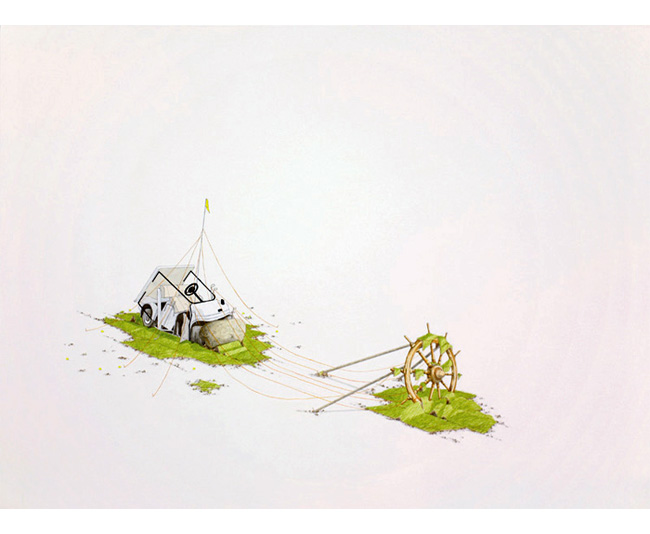
The Pilgrim’s Progress is a series of drawings by Ben Peterson depicting an imagined collision between two types of themed communities; a golf course retirement development and a historical reenactment theme park. Using the form of fragmented follie-type structures, Peterson attempts to collapse the distinction between authenticity and artifice, entertainment and education. Peterson’s depicted landscapes are loaded with manicured putting greens, golf bags, historical museum displays, large trees, and the ghosts of pilgrims who bear witness to the collision of Colonial forts, gated developments, golf carts, and shipwrecks. In the work, Peterson’s structures create a new space where history, both of the winners and the losers, contaminates the present, giving rise to a hybrid stage that is neither completed nor abandoned.

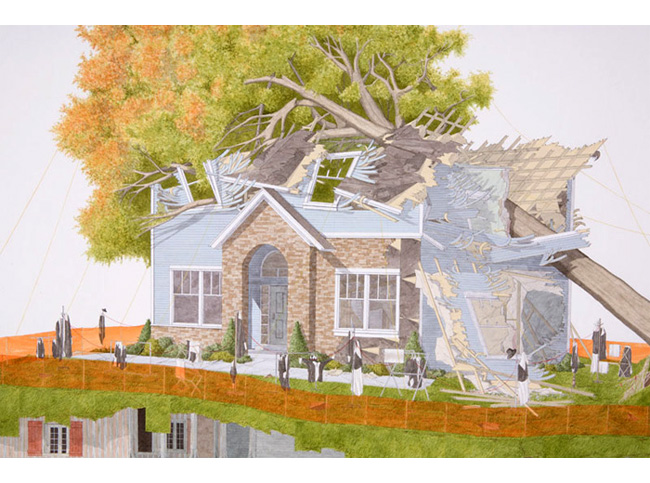
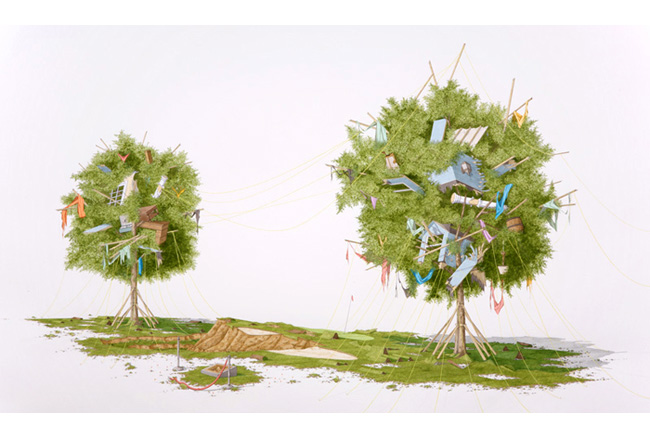
Tags: Art, Illustration
Posted in Uncategorized | No Comments »
Sunday, 2 August 2009
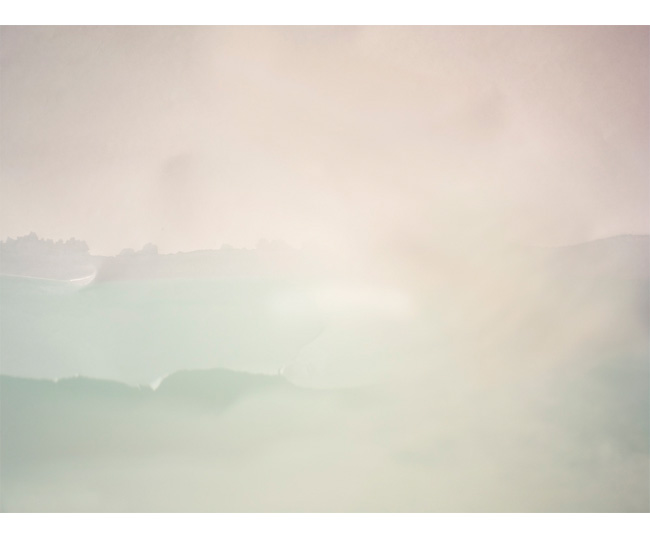

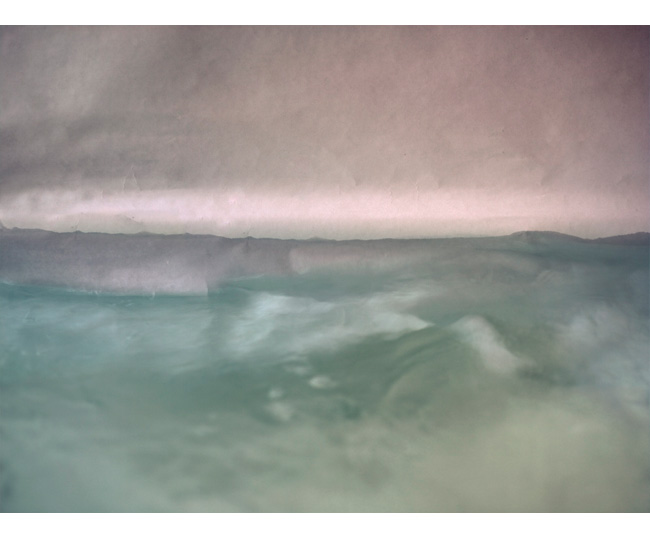

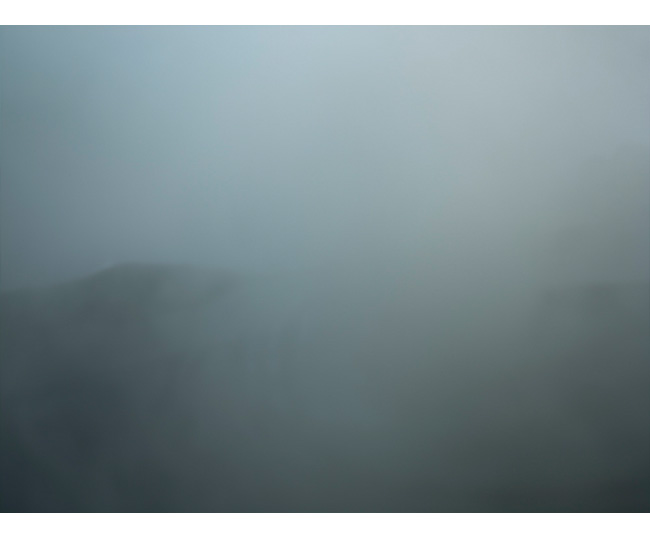
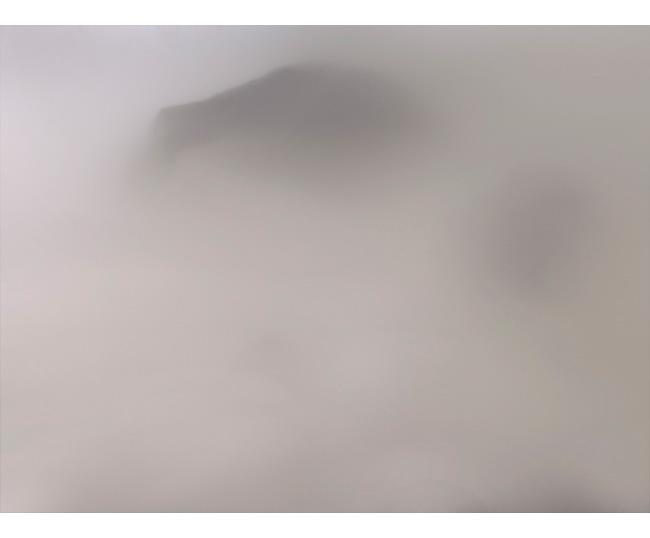
This body of photographic work, titled “The Voyage To The Ends Of The World” by photographer Jovian Lim relies on the ‘heroic journey’ often seen in mythology. While the ‘heroic journey’ is deemed an ancient idea, the process of growth, change and self discovery still continues to present day. The constructs of the landscape and topography are not of a natural environment. These abstractions however serve to draw the viewer into a timeless time, free from the clutter and distraction of our overcrowded world. Although this voyage isn’t a literal one, they seek to mirror an inner reality as we pass through life.
Tags: Photography
Posted in Uncategorized | No Comments »
Saturday, 1 August 2009
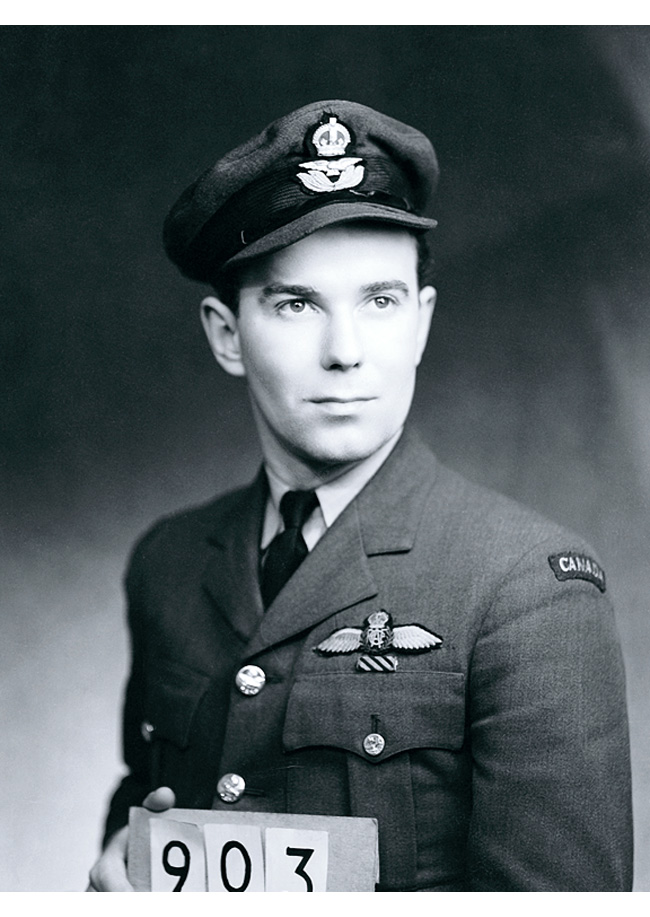
Charley Fox was born February 1920, in Guelph, Ontario. His career with the R.C.A.F. commenced in the spring of 1940. He soon became a flight instructor at Dunnville, Ontario where he taught from October 1941 to May 1943. After instructing he went to an Operational Training Unit at Bagotville, Quebec. While there, on June 1st, he had a narrow escape when a Hurricane collided in mid-air with the Harvard he was flying. Although injured, he was able to bail out safely.
In August 1943, Charley went overseas and was checked out on Spitfires. In January 1944, he began his tour with 412 Squadron. Charley served continuously on operations until January 1945. His duties included escort, armed recce and dive-bombing. On D-Day, Charley flew three times.
Tags: History, Tribute, War
Posted in Uncategorized | No Comments »
Friday, 31 July 2009
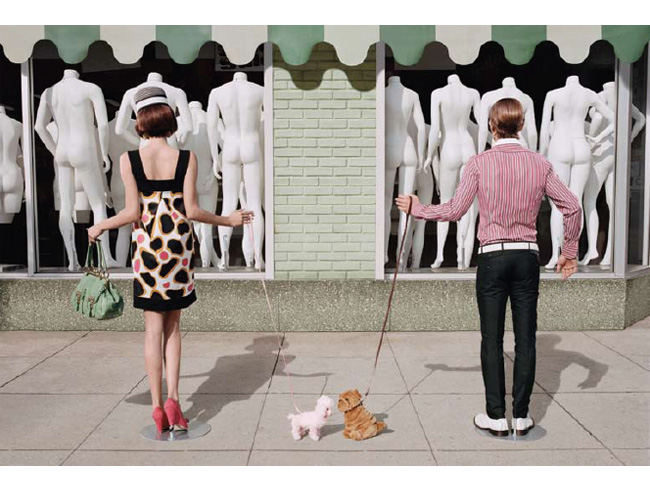
Hugh Kretschmer is a photographer based in Los Angeles and specializing in photo-illustration, advertising and editorial photography and design. Of his work, he says: ‘The idea is the most important ingredient. I’ve always appreciated concept because it adds another layer to the photograph and invites participation from the viewer. When I see something that is done well, where the artist really nails it, I find myself just staring. I can’t think of anything else that would be more of a compliment than that’.

‘My inspiration comes from many unidentifiable sources and is probably more like an amalgamation of different influences from many years of absorbing. I come from a very artistic family and there was a lot of reference around the house. As a result, my early work was heavily influenced by twentieth century painting and sculpture. I think the thread is still there and, perhaps, evident in the photos I did last week’.
‘As far as the next personal project I put into the works, the decision is based on what will bring me the most creative satisfaction and push my book forward. It is best if it also gets me out of my comfort zone and has me trying things that I have not done: build a prop in a way that is untried or solve a visual problem by a technique I have not used before. I may sweat and I may fail. But at the end of the day, I can at least say I tried’.
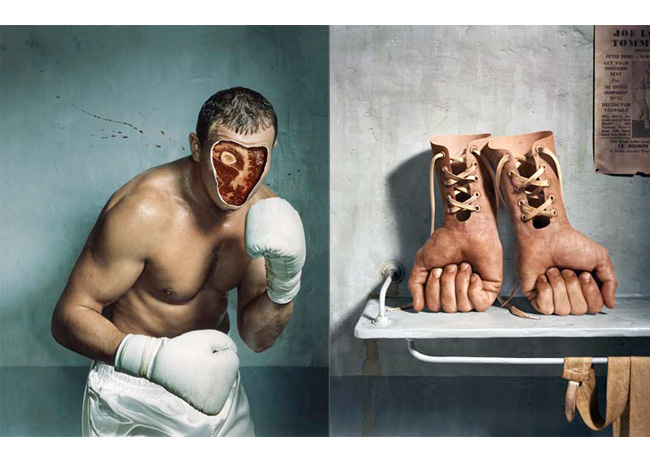
‘My work has been described as many things, from “dark” to “whimsical”. I like that and I take it as a compliment. I appreciate a great many things and, perhaps, that’s showing up in my work. Regardless, I think the biggest goal it has to achieve is fulfilling me creatively. That is first and foremost and has always been that way. I would love it to bring me the next great job and I would not be honest if said otherwise’.
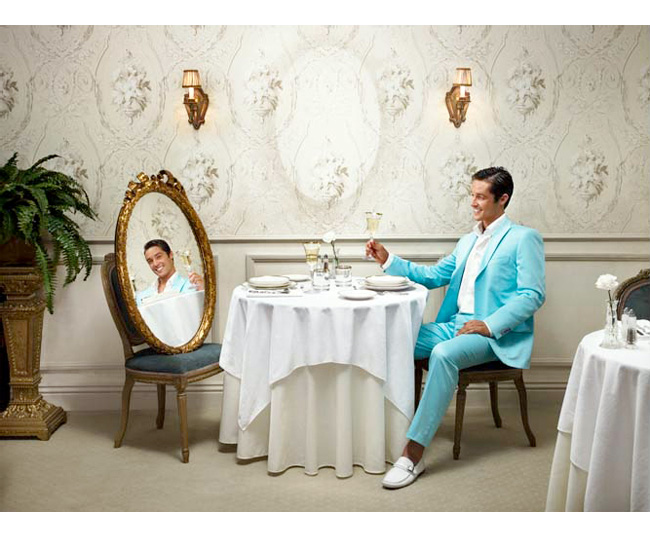
Interview by Alison Zavos.
Tags: Photography
Posted in Uncategorized | No Comments »
Thursday, 30 July 2009
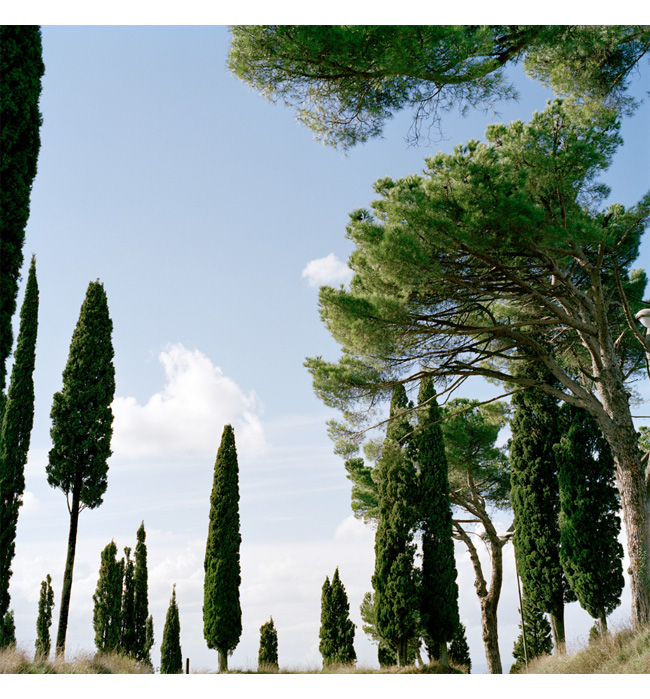
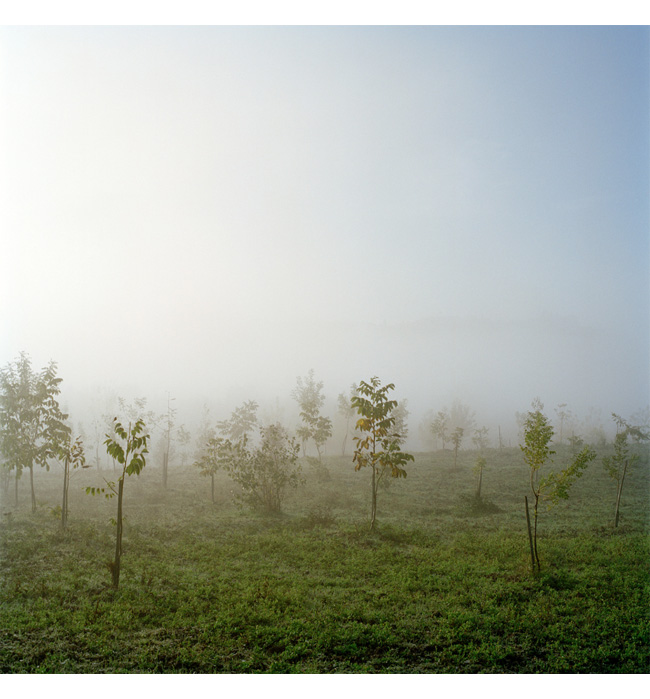
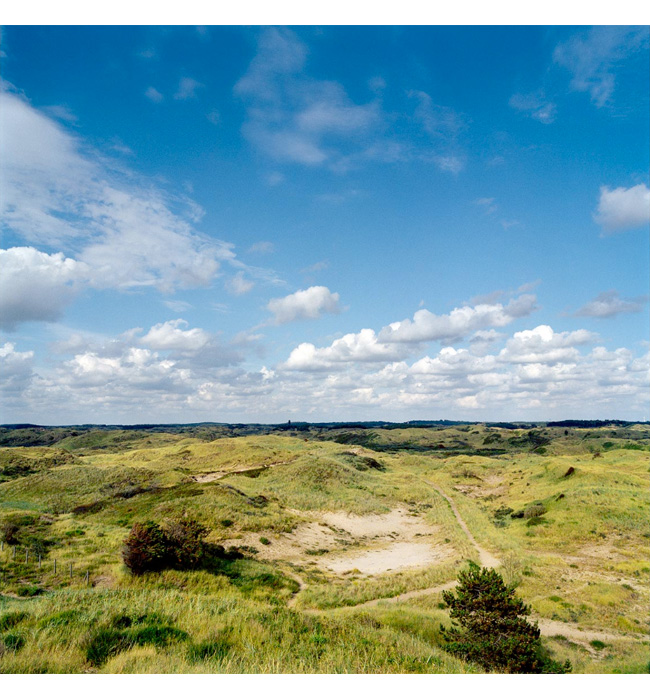

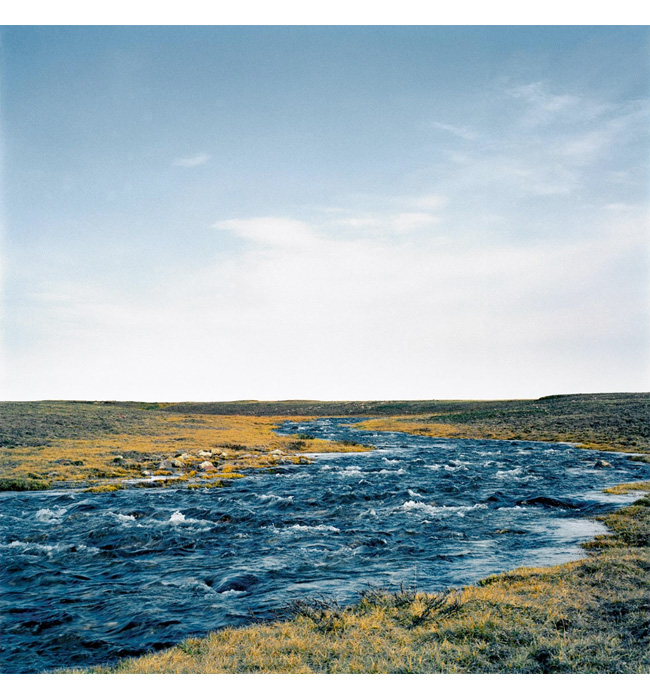
Canadian photographer Finn O’Hara takes some of the most beautiful landscape photographs I have ever seen!
Tags: Photography
Posted in Uncategorized | No Comments »
Wednesday, 29 July 2009
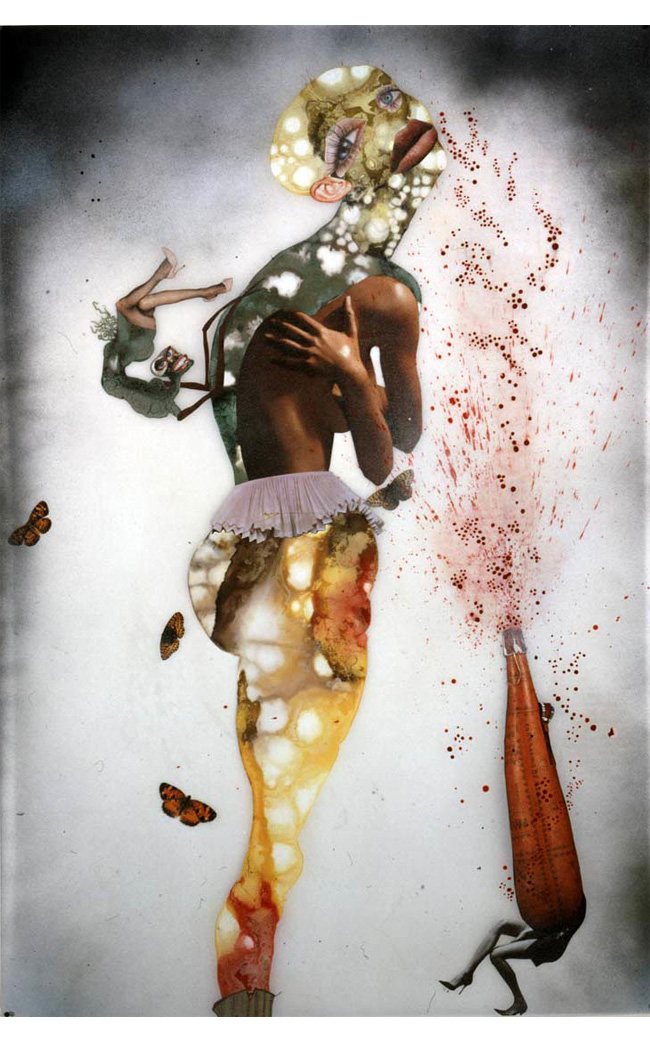
Kenyan-born Wangechi Mutu has trained as both a sculptor and anthropologist. Her work explores the contradictions of female and cultural identity and makes reference to colonial history, contemporary African politics and the international fashion industry. Drawing from the aesthetics of traditional crafts, science fiction and funkadelia, Mutu’s works document the contemporary myth making of endangered cultural heritage.
Her drawings couple collaged parts of idealized women clipped from fashion magazines with drawn and ink-soaked passages. Subtly and painfully twisted images reference traditionally-clad African women. As a process of mutation is recognized through careful scrutiny, the images prove hard to stomach. Kenya’s past of enormous resources and privilege now faces a crisis of confidence in tackling poverty, civil strife and political instability. This dichotomy is reflected in the work of Wangechi Mutu. (Momenta Art)
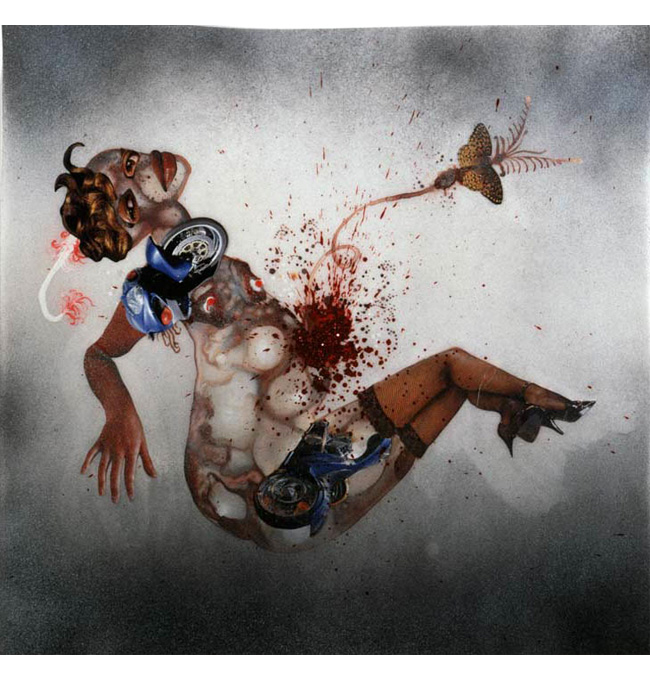
In the above piece, Wangechi Mutu creates a glamorous, yet barbaric centrefold. Working in painting and collage on paper, Mutu exploits the physical qualities of her media to create a self-referential sensuality: the translucent crispness of the vellum relates easily to film, spilled paint stains diffuse as the subtle bruised texture of skin, and cut out blond hair and gams lend an appropriated lusty ideal. In picturing female sexuality, Mutu offers a futuristic totality of womanhood that’s both fiery and liberated. Comprised of motorcycle parts, she’s a machine built for speed: corpulent, sexy, with the dazzling power creation. (Saatchi Gallery)
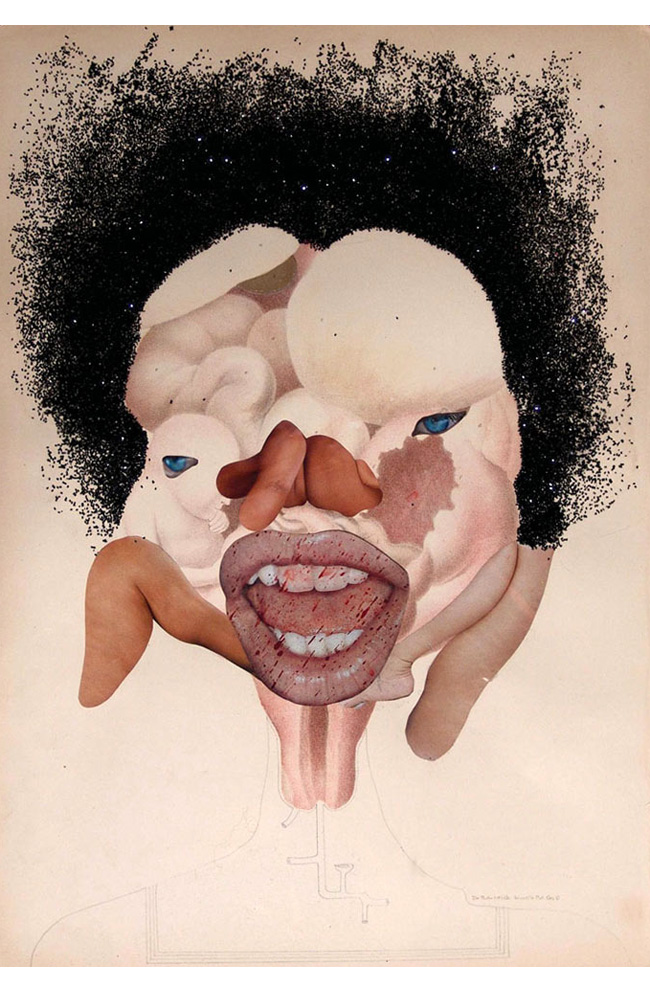
Wangechi Mutu’s collage process mimics amputation, transplant operations and torturous prosthetics. Her figures become parody mutilations, their forms grotesquely marred through perverse modification, echoing the atrocities of war or self-inflicted improvements of plastic surgery. In Ectopic Pregnancy, Mutu converts an image of reproductive malfunction into a stillborn expression; the mouth/vagina bloodied and empty, her scarred figure struggling to voice her identity. Mutu designs this portrait with sex-organs as face, dressed up with glistening hair and lip-gloss: a freakish pastiche of feminine ideals. (Saatchi Gallery)
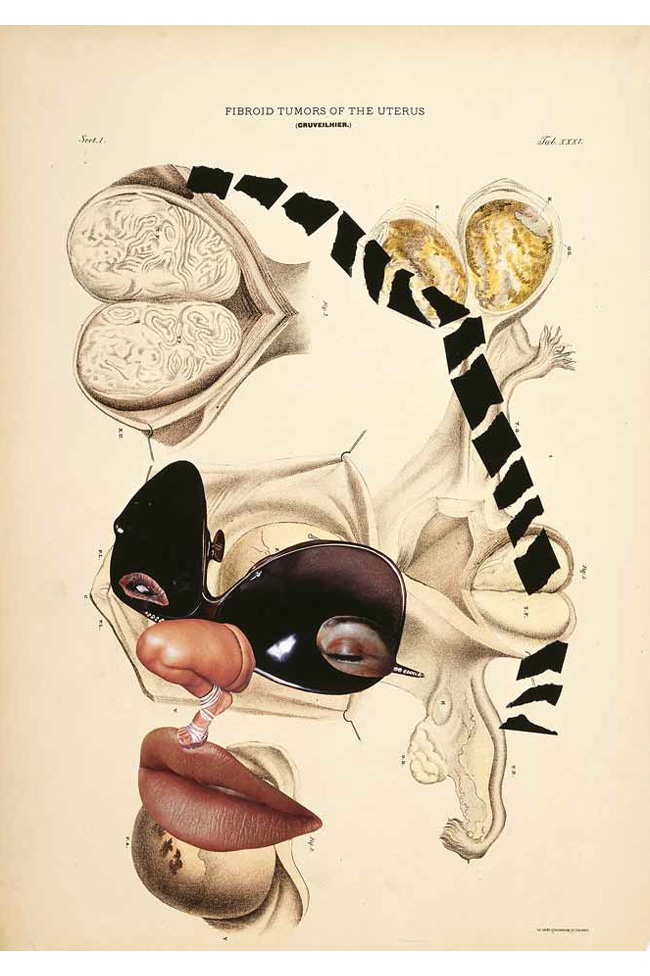

Wangechi Mutu harnesses the fear of the unfamiliar as a tool of power. Formed from cut and paste, Mutu’s creations are hybrids of multiple sources referencing the scars of cultural imposition. Placed atop medical diagrams, they feed off their cancerous classifications, directly confronting cultural preconception and bias. Set around image of an invasive gynaecological procedure, the woman in Primary Syphilitic Ulcers of the Cervix (below) garners her strength from the source of her molestation. Disaffected and immune, Mutu’s distressing figure is comprised of the horrific myths of our own making. (Saatchi Gallery)
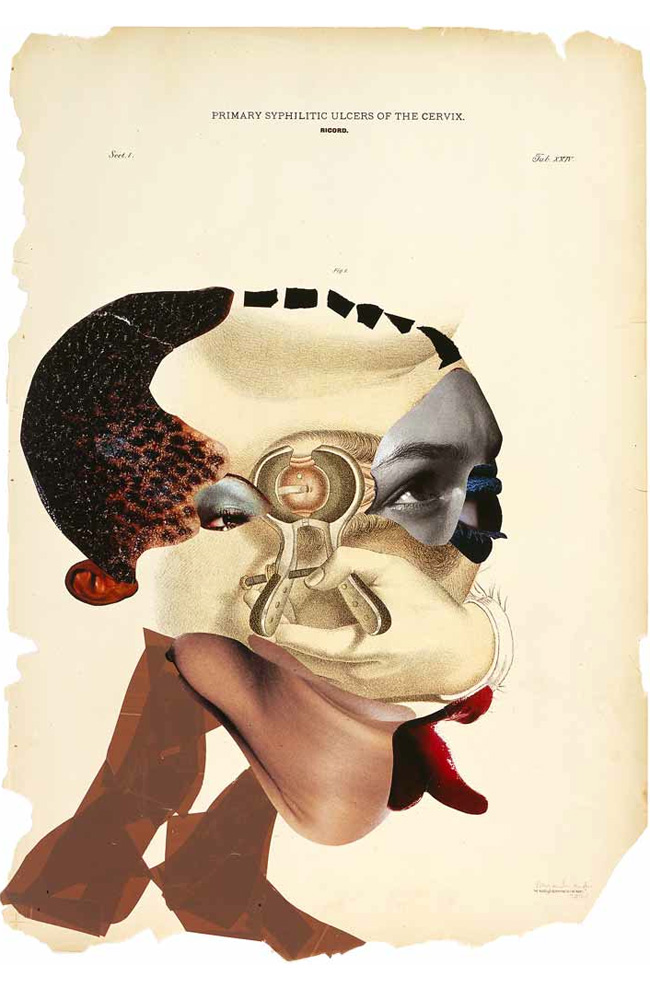
Tags: Art, Collage
Posted in Uncategorized | No Comments »
Tuesday, 28 July 2009
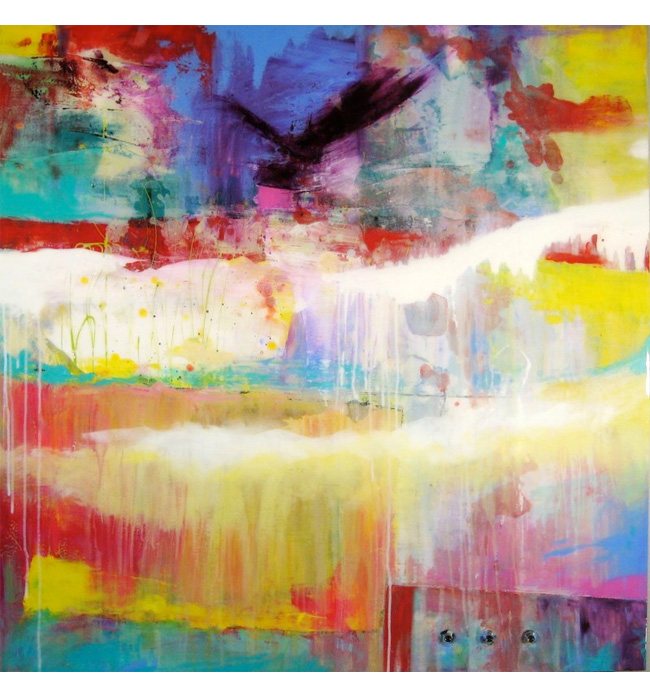
Neil Young (no, not the Canadian musician) is an emerging contemporary Canadian painter. His work and process combines structure to organic movement, creating abstract paintings that explore light, contrast, texture, and colour. His bold use of colour and well-balanced compositions are quite the feast for the eyes.

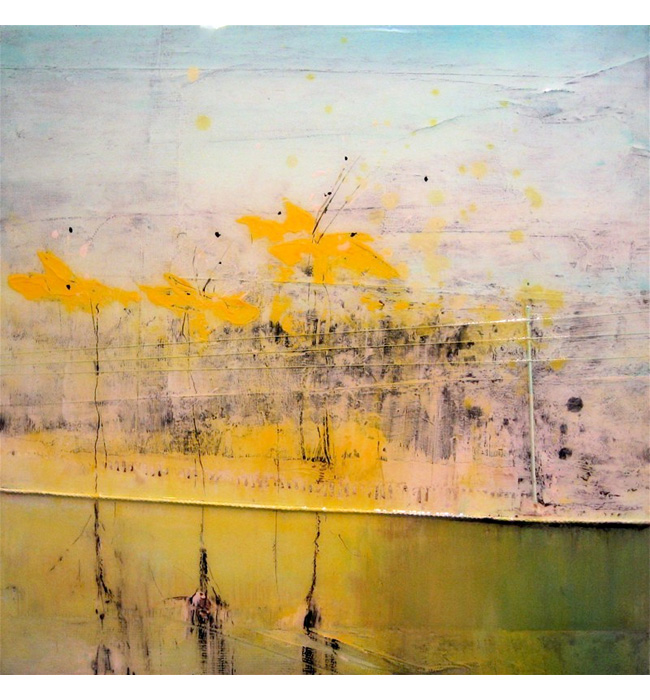
“Art is my voice, my release of submissive years gone by, my expression of how I feel and who I am. It’s my evolution and it is honest and raw. Honest in the materials used and raw in the ways these materials are manipulated and revealed in every piece. I rarely use a paintbrush. I make art with my hands. Though I work with as much intention as I can, my unconscious is the undisputed dominator, and the result is a layered dialogue of lessons learnt, accidents and desires freed. With every piece decisions are made intuitively. Not every decision is right, so then begins the layering process of patching, repairing, and re-exposing, until it has been wrestled tired and has found resolution. It is only now that I feel fulfilled and the work is complete.” (Neil Young)
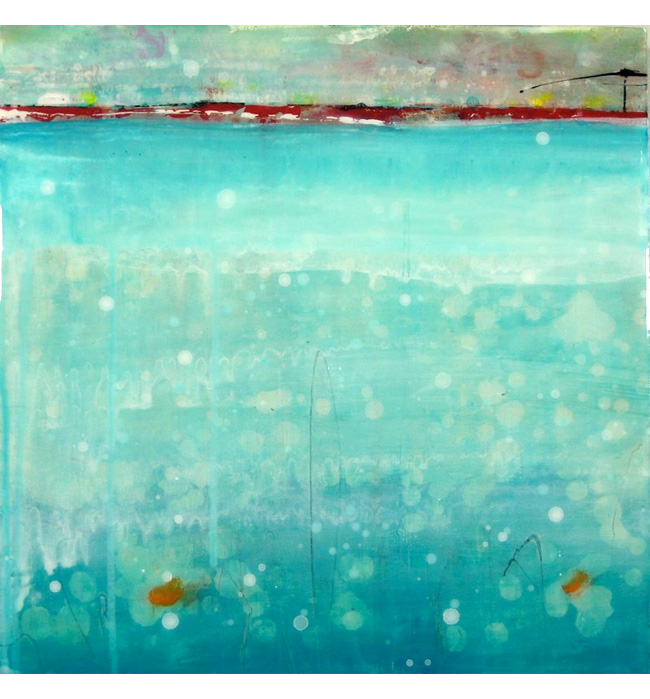
Tags: Art, Painting
Posted in Uncategorized | 3 Comments »
Monday, 27 July 2009
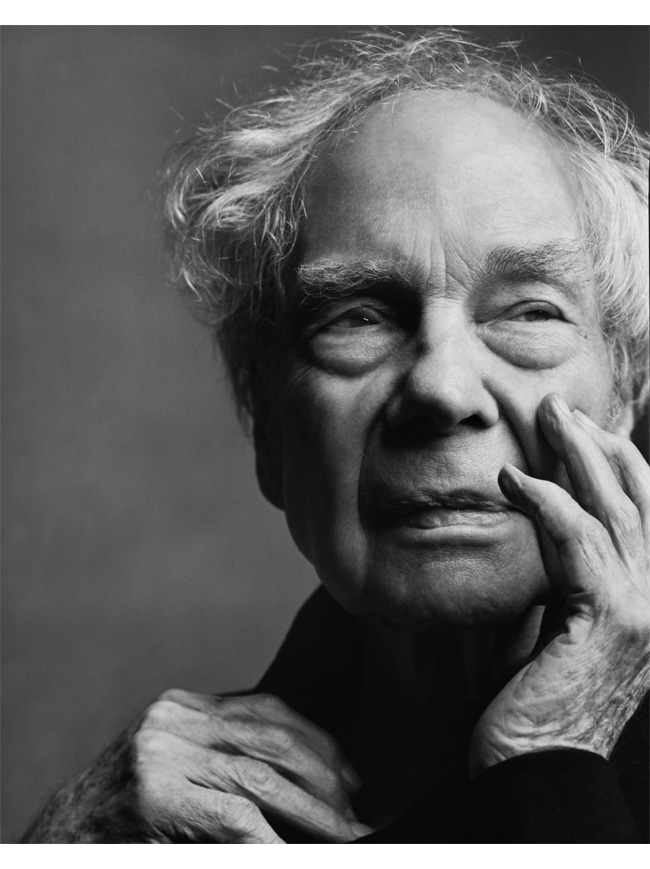
Dance is a very beautiful art. I remember attending a ballet performance when I was quite young, and being fascinated with the beauty lines and shapes that well-trained dancers can produce. There were always plenty of moments that could have been framed into very compelling studies in movement and light - the Chasse’, the Sissone, the Grand Jete, the Pas de Chat… A lot must be said of the dedication that dancers devote to their art. And even more so when the dancer is as innovative and revolutionary as Merce Cunningham. Sadly, he has just passed away.
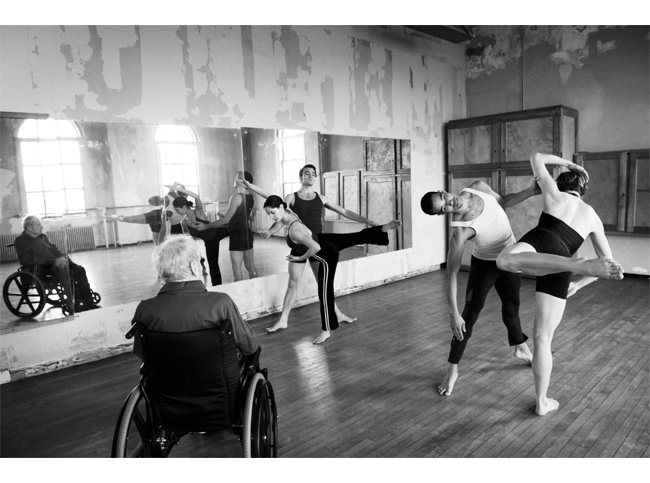
Born just after World War I in a small town near Seattle, Cunningham loved to dance as a child. From 1939 to 1945, he was a soloist in the company of Martha Graham, regarded at the time as one of the foremost pioneers of modern dance. He presented his first New York solo concert in April 1944, with music from composer John Cage, who became his life partner and frequent collaborator until Cage’s death in 1992. In a radical move, the couple decided to end the traditional marriage of movement and music, saying that both arts should exist independently even when sharing the same space. Cunningham also abandoned conventional storytelling through ballet to focus entirely on the poetry of dance. (BBC)
Photographs of Merce Cunningham taken by Mark Seliger.
Posted in Uncategorized | No Comments »
Saturday, 25 July 2009
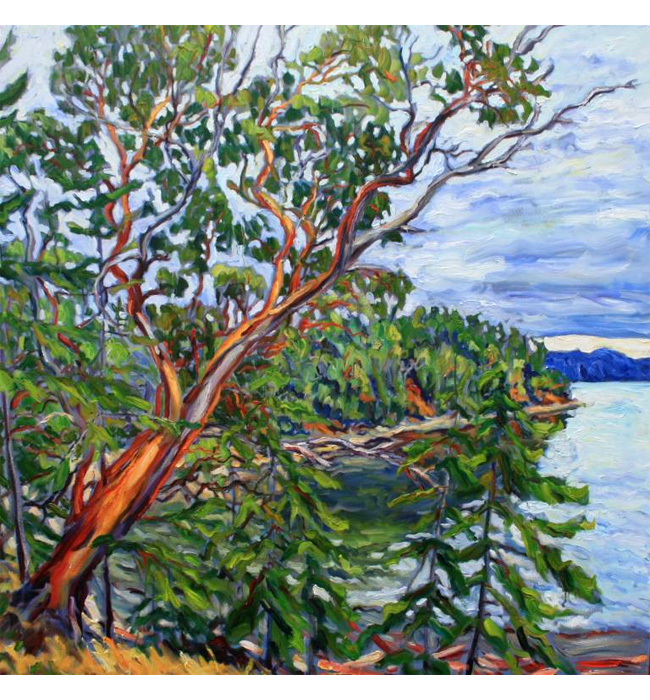
I used to really love painting, but I never really had the chance to explore the art. Every time I come across an amazing painter, that urge to pick up the brush again rekindles. Today was no different. It’s simply amazes me what textures, strokes and colours can do capture an atmosphere and make the painting come alive. Canadian artist Patty Ampleford knows this all too well:
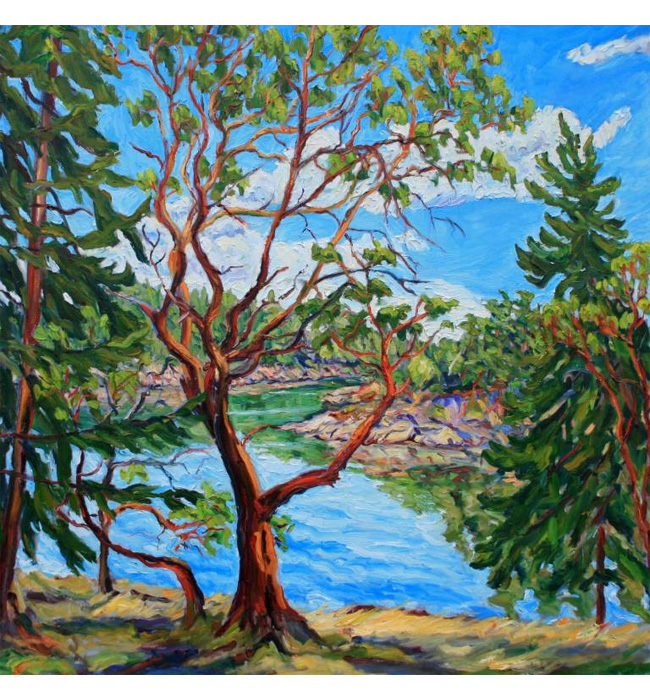
Ampleford’s work aims to add a freshness and quality of light and energy to her work, arousing all the senses so you can really see it, feel it, hear it, smell the air and taste it. “Starting on a canvas that has a wash of acrylic colour I draw on the composition with a medium toned oil paint, and then right away start applying the colour to the painting. I define and bring out elements of the composition, working on both the foreground and background at the same time, creating texture with expressive and painterly brush strokes and the illusion of space on canvas. The colour, form and brush stroke are key elements of my work, as well as the quality of light as the mood and essence of the painting are captured in the light.”
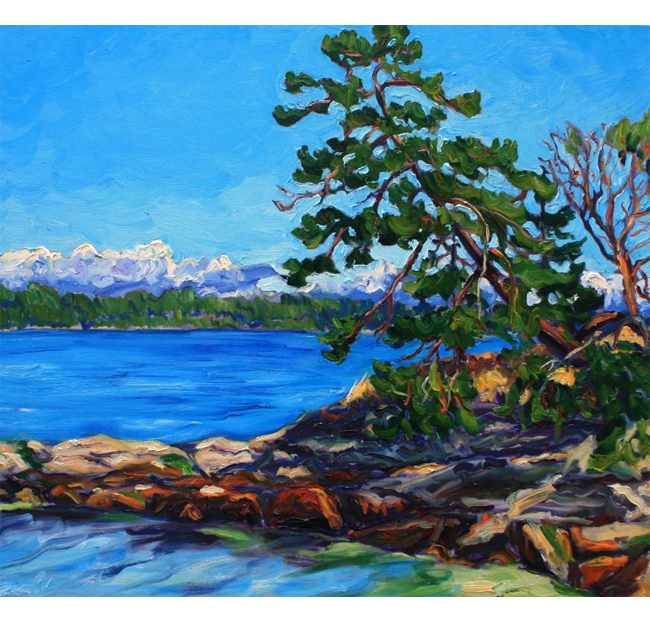
Beautiful!
Tags: Art, Painting
Posted in Uncategorized | No Comments »










































